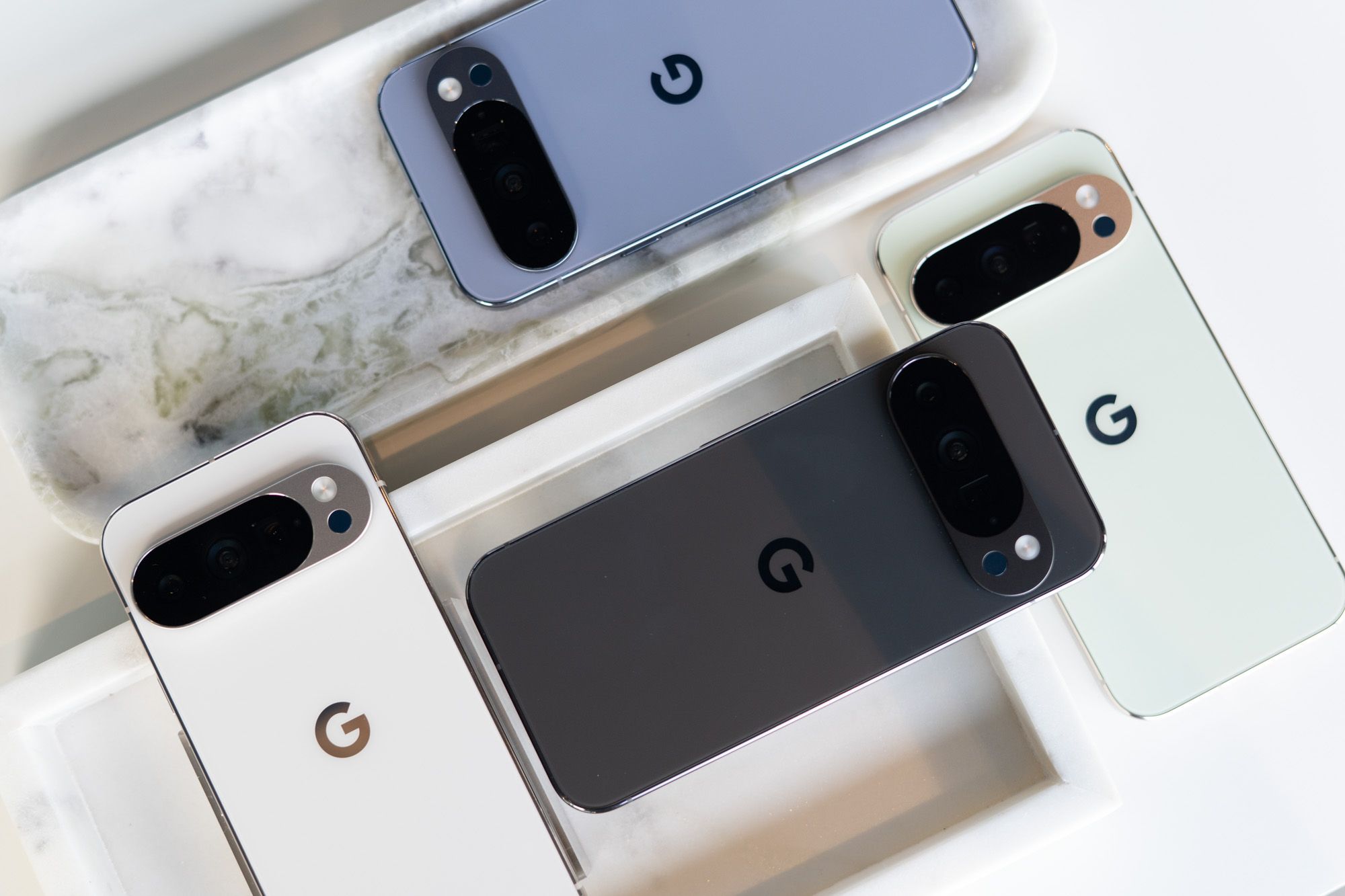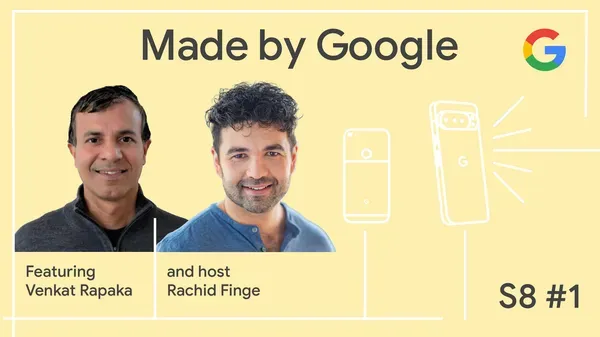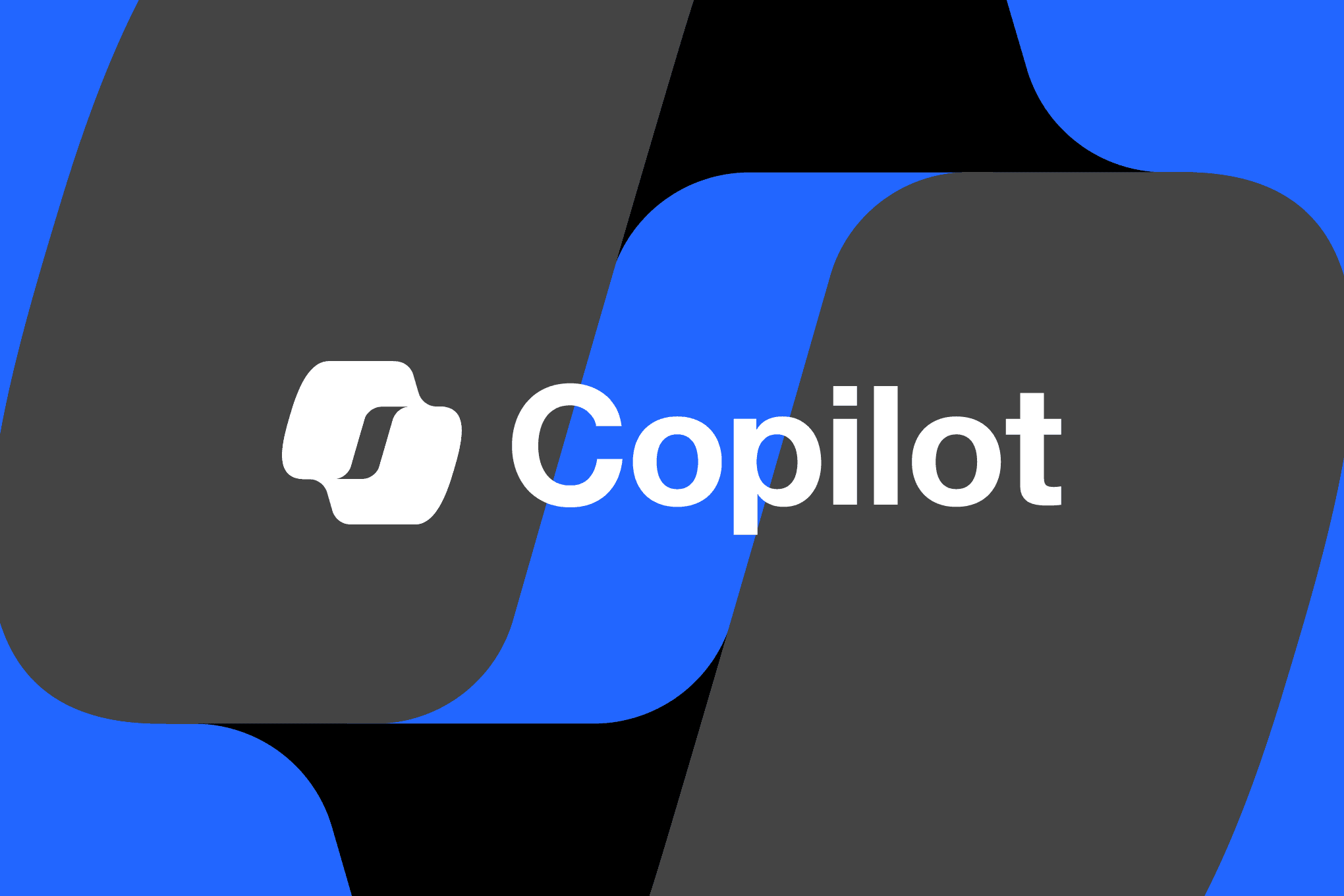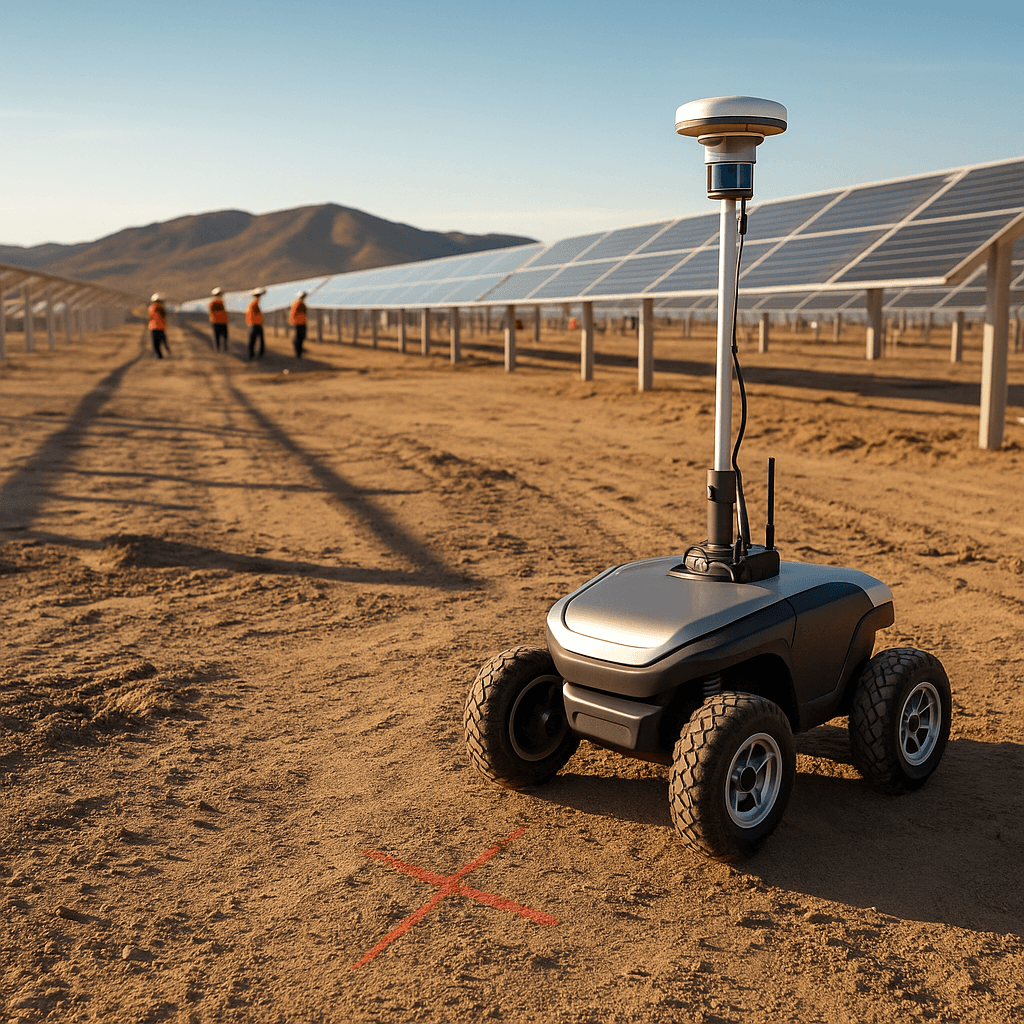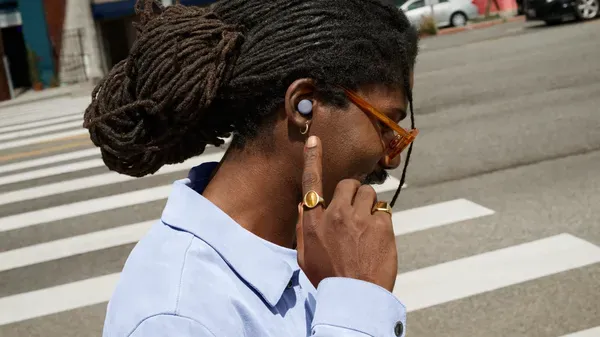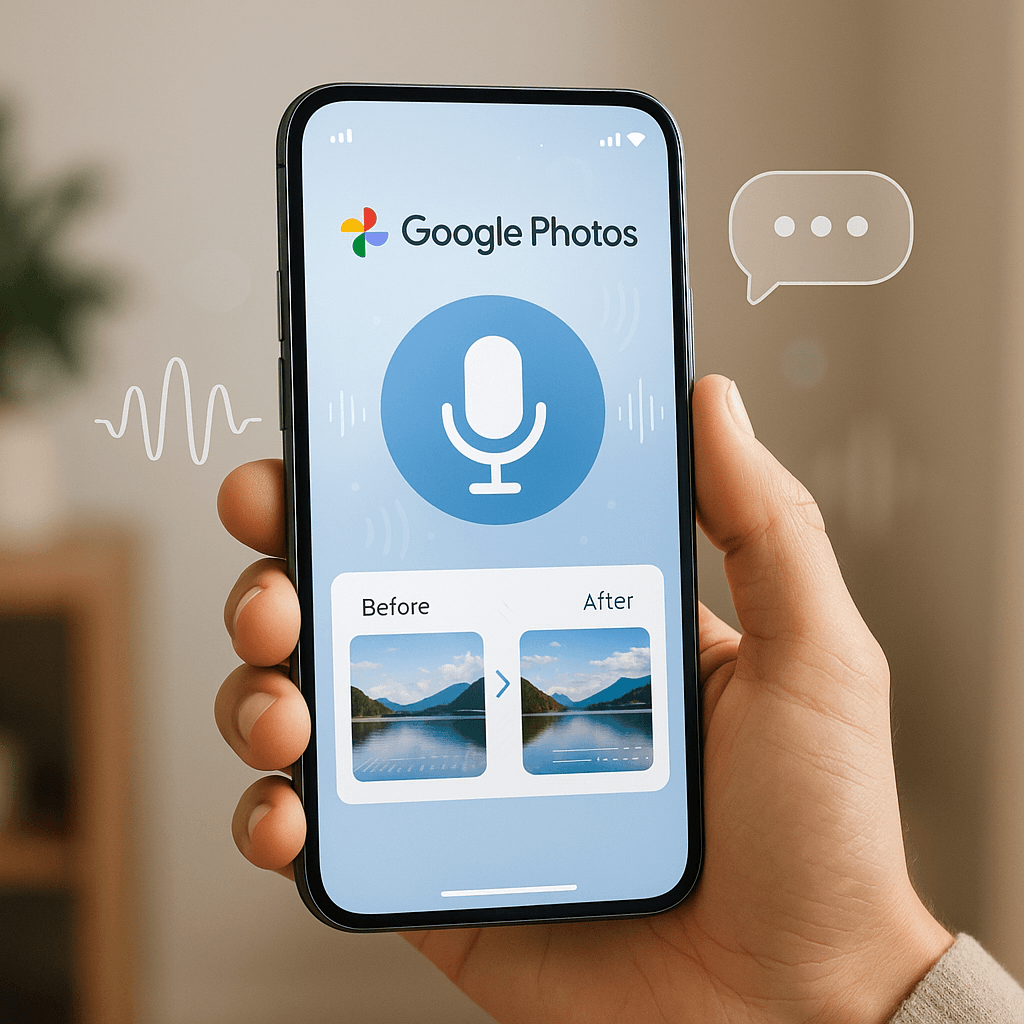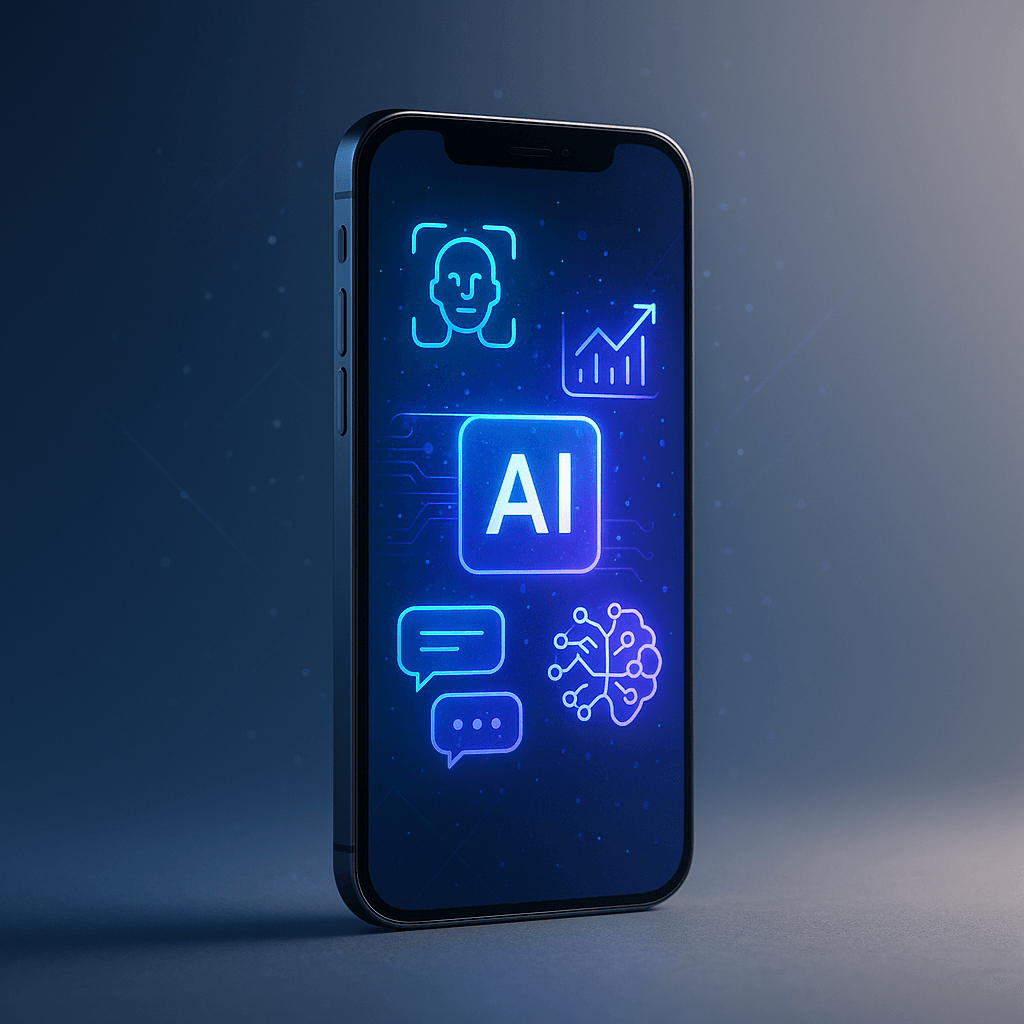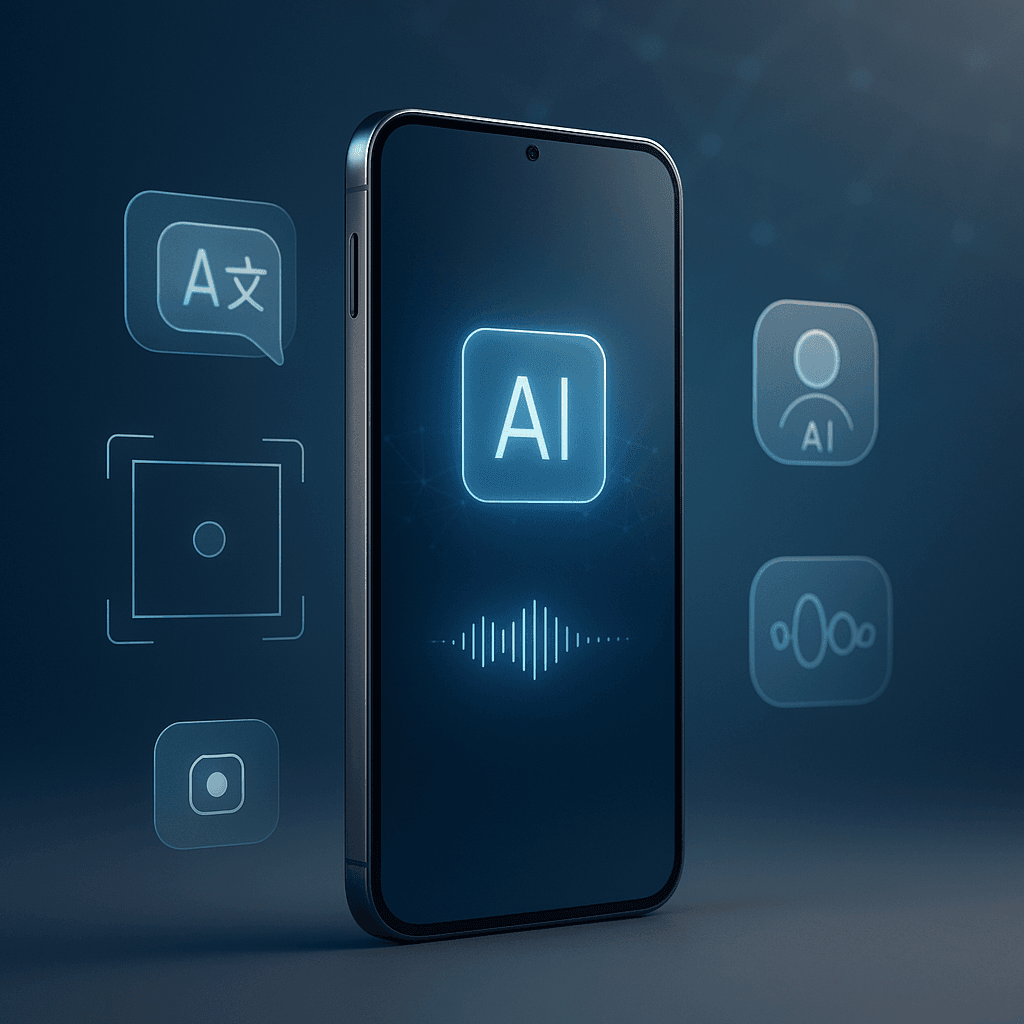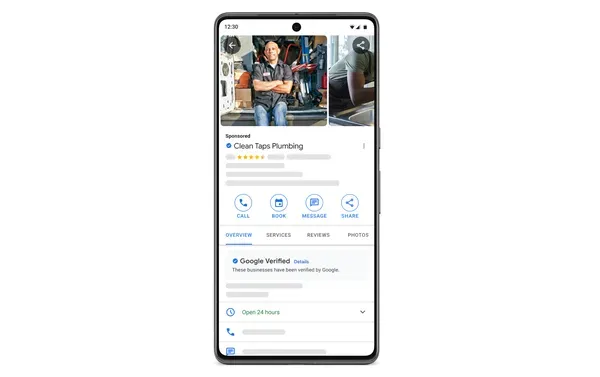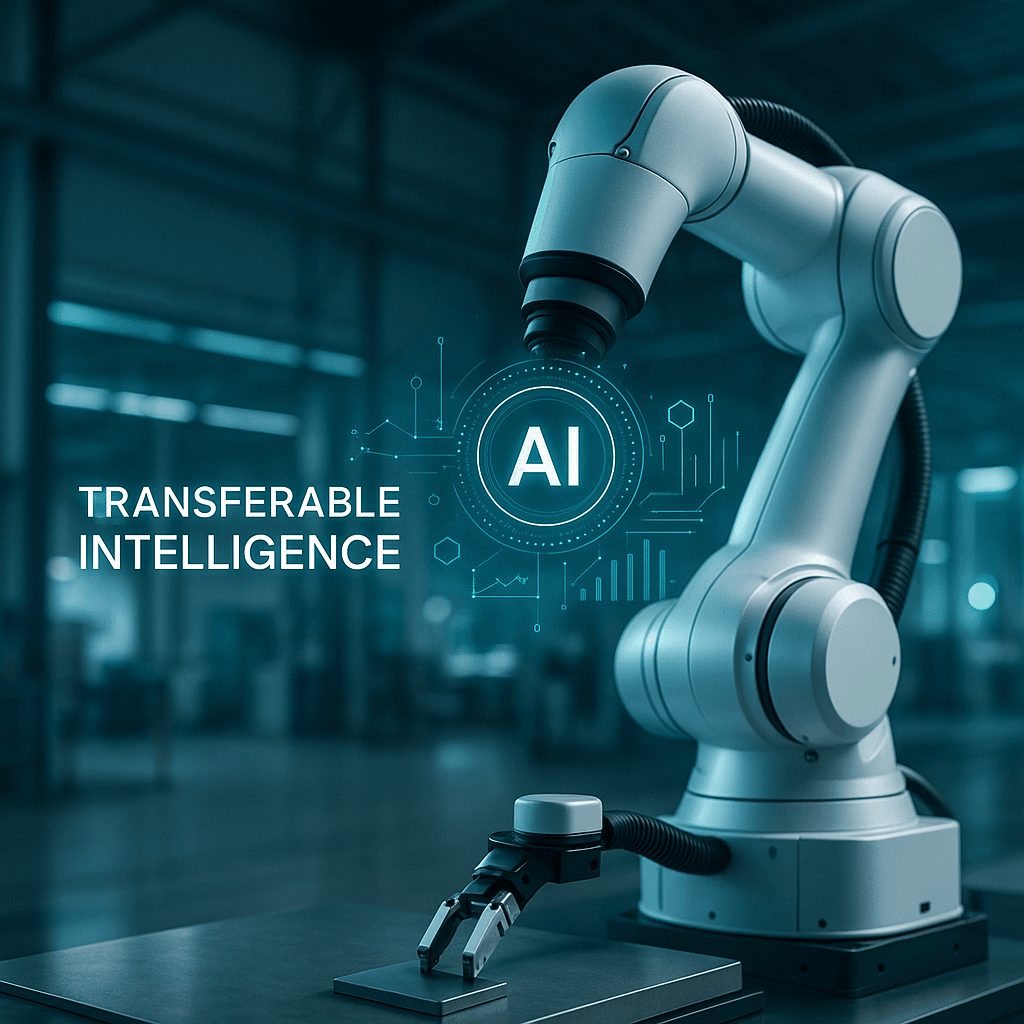Google just crossed a line that fundamentally redefines photography. The Pixel 10 Pro doesn't just use AI to edit photos after you take them—it bakes generative AI directly into the camera itself through Pro Res Zoom technology. This isn't computational photography anymore; it's AI creating parts of your image in real-time, raising profound questions about what constitutes a photograph.
Google just shattered the traditional boundaries between camera and computer. The company's new Pixel 10 Pro and Pro XL don't just capture photos—they generate them using a latent diffusion model embedded directly in the camera system. It's a seismic shift that makes every previous debate about computational photography look quaint. According to The Verge's exclusive hands-on coverage, Pro Res Zoom represents the first mainstream deployment of generative AI as a core camera function rather than a post-processing tool. The technology kicks in automatically at zoom levels beyond 30x, extending all the way to 100x digital zoom—territory where traditional cameras produce what one Google engineer diplomatically called "hot garbage." Instead of relying on conventional upscaling algorithms, the Pixel 10 runs a full diffusion model on-device to reconstruct detail that was never actually captured by the sensor. "Generative AI is just a different algorithm with different artifacts," Google Pixel camera product manager Isaac Reynolds told The Verge. "But as opposed to a more conventional neural network, a diffusion model is 'pretty good at killing the artifacts.'" The technical achievement is staggering. When Google started developing Pro Res Zoom, the diffusion model took a full minute to process a single image on mobile hardware. Reynolds' team compressed that runtime to just 4-5 seconds—fast enough for practical use while maintaining quality that "looked pretty darn good" in live demonstrations. The processing happens entirely on-device after capture, with the AI-enhanced version saved alongside the original. But the implications extend far beyond impressive zoom capabilities. Google has implemented what may be the industry's most comprehensive approach to AI transparency through C2PA content credentials. Every single photo taken with the Pixel 10—not just AI-enhanced ones—receives metadata indicating its camera origin and any AI involvement. Pro Res Zoom images are explicitly tagged as "edited with AI tools," while even basic functions like panorama stitching get noted in the content credentials. This addresses what Reynolds calls the "implied truth effect"—the assumption that unlabeled images are authentic. "If you only apply labels to AI-generated images, then anything without an AI label seems to be authentic," he explained to . "But that only really means that the origin of an image is unknown." The feature includes one crucial guardrail: it won't process human faces. When Pro Res Zoom detects a person in frame, it enhances everything else while leaving faces untouched—a decision driven by both privacy concerns and the potential for unwanted facial modifications. The competitive implications are immediate. has built its reputation on computational photography advances, but Pro Res Zoom leapfrogs traditional approaches entirely. While ProRes video format focuses on capture fidelity, Pro Res Zoom actively reconstructs reality using AI inference. Early testing suggests the technology works remarkably well, transforming previously unusable extreme zoom shots into detailed images. But it also opens philosophical questions that the industry hasn't fully grappled with. Reynolds frames Pro Res Zoom as evolutionary rather than revolutionary: "There's nothing about Pro Res Zoom that changes what you're expecting from a camera. Because that's how we built it, that's what we wanted it to be." Yet the technology fundamentally alters the relationship between photographer, camera, and subject. When AI generates detail that wasn't optically captured, is the result still photography or something entirely new? The timing couldn't be more significant. As AI-generated imagery floods social platforms and misinformation campaigns leverage synthetic content, approach establishes cameras as trusted sources of authentic imagery through cryptographic credentials. But that system only works if widely adopted—and if users understand the distinction between verified camera capture and AI generation. Industry observers are watching closely to see how , , and other manufacturers respond. The technical barriers to similar implementation are significant, requiring both advanced AI chips and sophisticated diffusion models optimized for mobile hardware. years of investment in Tensor processing units and machine learning give it a substantial head start.
